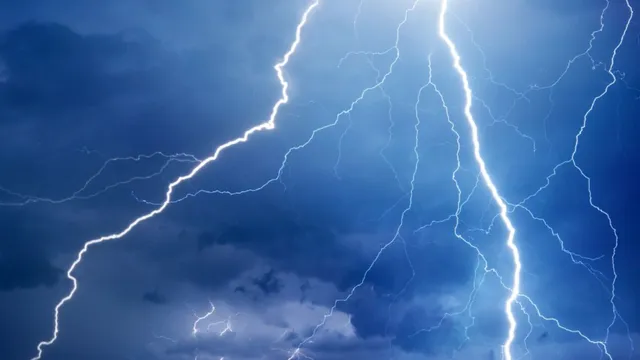- By Priyanka Koul
- Tue, 01 Jul 2025 10:12 PM (IST)
- Source:JND
Delhi is gearing up for its first-ever cloud seeding operations after the Directorate General of Civil Aviation (DGCA) granted the final nod for airborne trials. Environment Minister Manjinder Singh Sirsa announced that the initiative will kick off between August 30 and September 10, following expert guidance from the India Meteorological Department (IMD) and the Indian Institute of Tropical Meteorology (IITM), Pune.
Sirsa said the long-delayed cloud seeding project has finally moved beyond planning stages. "Cloud seeding has remained on paper for nearly a decade. We have changed that. Delhi is now the first state to get DGCA clearance for pollution mitigation-based cloud seeding. This is not just an experiment; it’s a declaration that Delhi refuses to live with toxic air," he said, as reported by NDTV.
The minister added that the trials have been strategically scheduled to gather critical data before the onset of winter smog. “If the results are promising, we will scale up operations from October to December, when the air quality index (AQI) deteriorates drastically,” he stated.
ALSO READ: France’s Biggest School Child Abuse Scandal: 200 Legal Complaints Filed Against Priests, Staff
Where and How the Flights Will Be Conducted?
The cloud seeding sorties will be carried out using a VT-IIT (Cessna 206-H) aircraft, manned by experts from the Department of Aerospace Engineering at IIT Kanpur. The aircraft will fly over pollution-prone areas including Alipur, Bawana, Rohini, Burari, Pavi Sadakpur, the Kundli border and stretches along the Eastern Peripheral Expressway.
These areas were chosen based on scientific studies that highlighted high particulate matter retention and favourable cloud formation patterns during the tail end of the monsoon season.
The plane is equipped with specialised instruments to release hygroscopic particles like sodium chloride into the clouds, promoting artificial rainfall. The idea is to trigger rain that can help wash out pollutants from the lower atmosphere, improving air quality.
If successful, this initiative could become a key part of Delhi’s strategy to combat the capital’s chronic winter air pollution.

